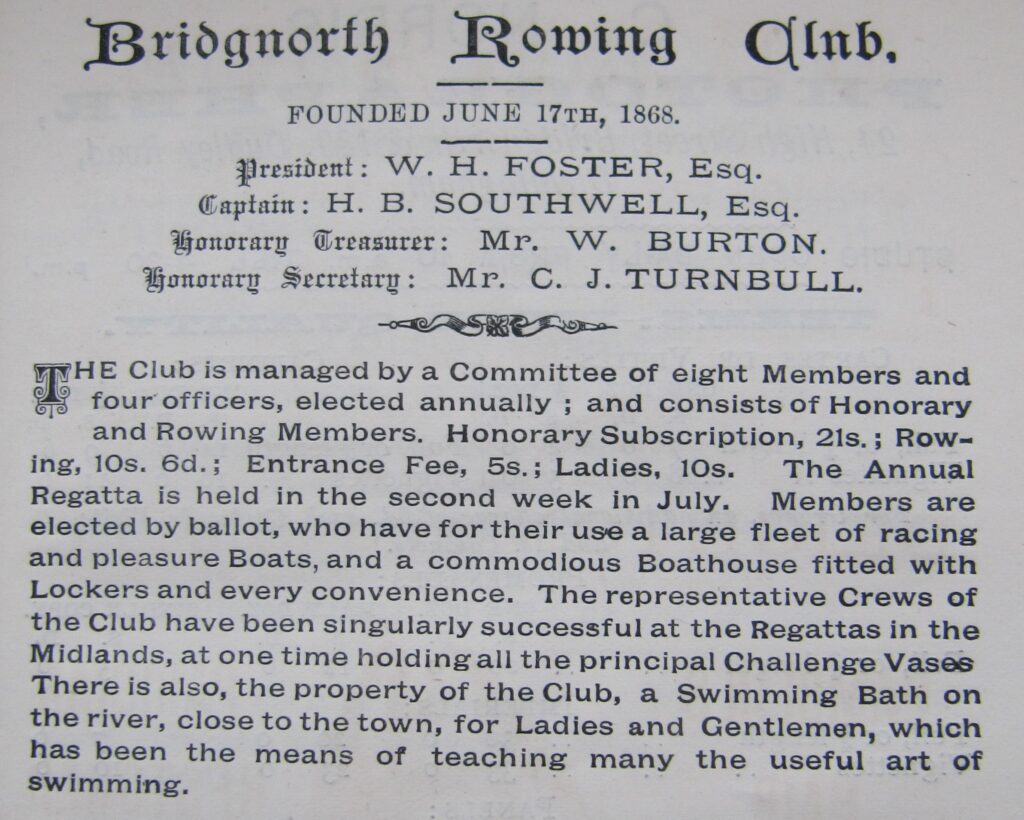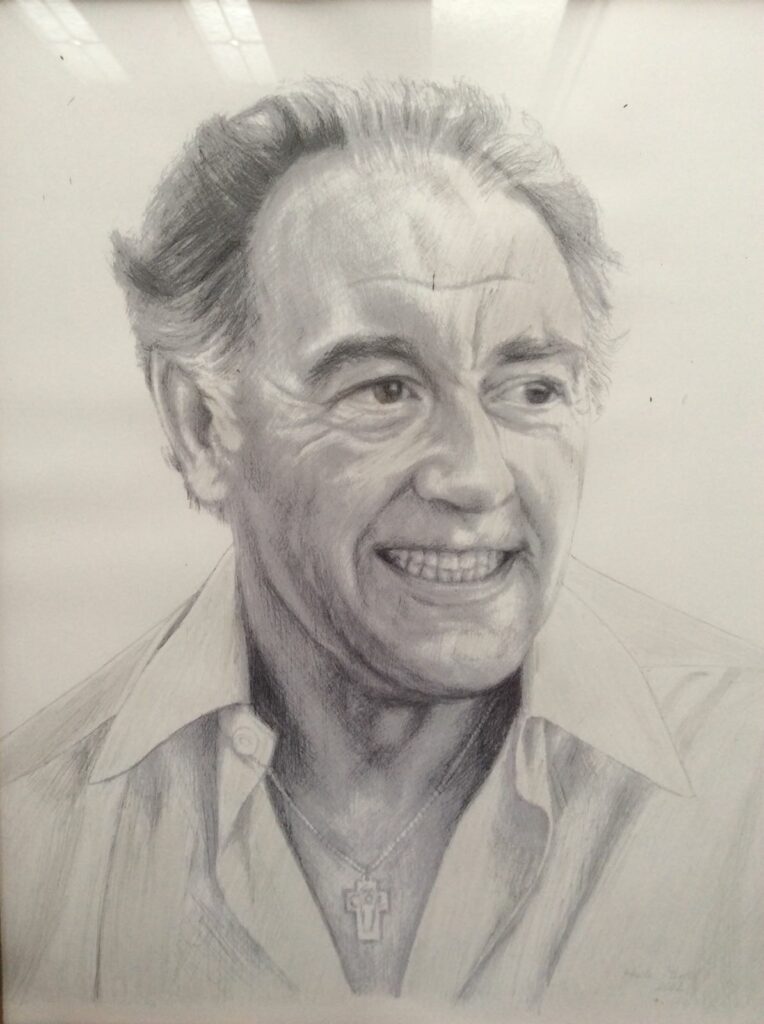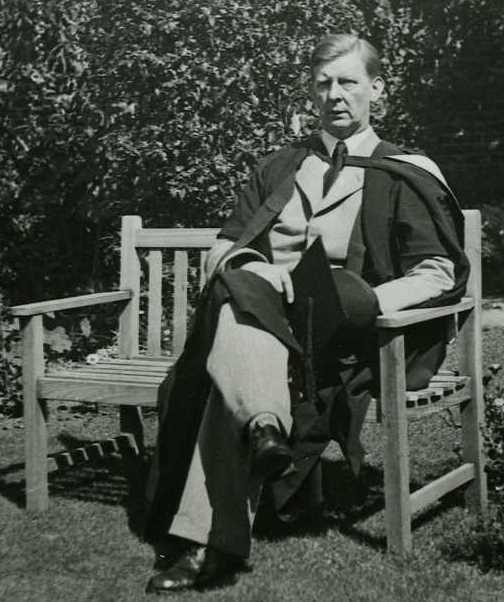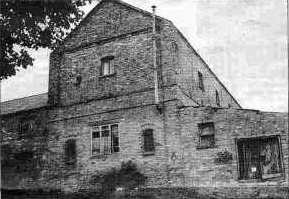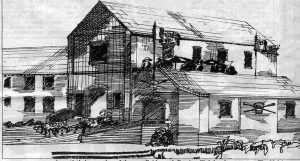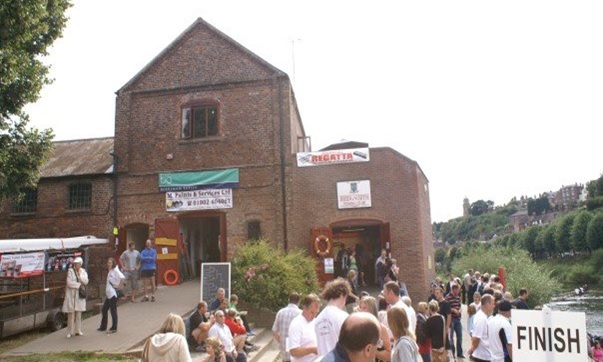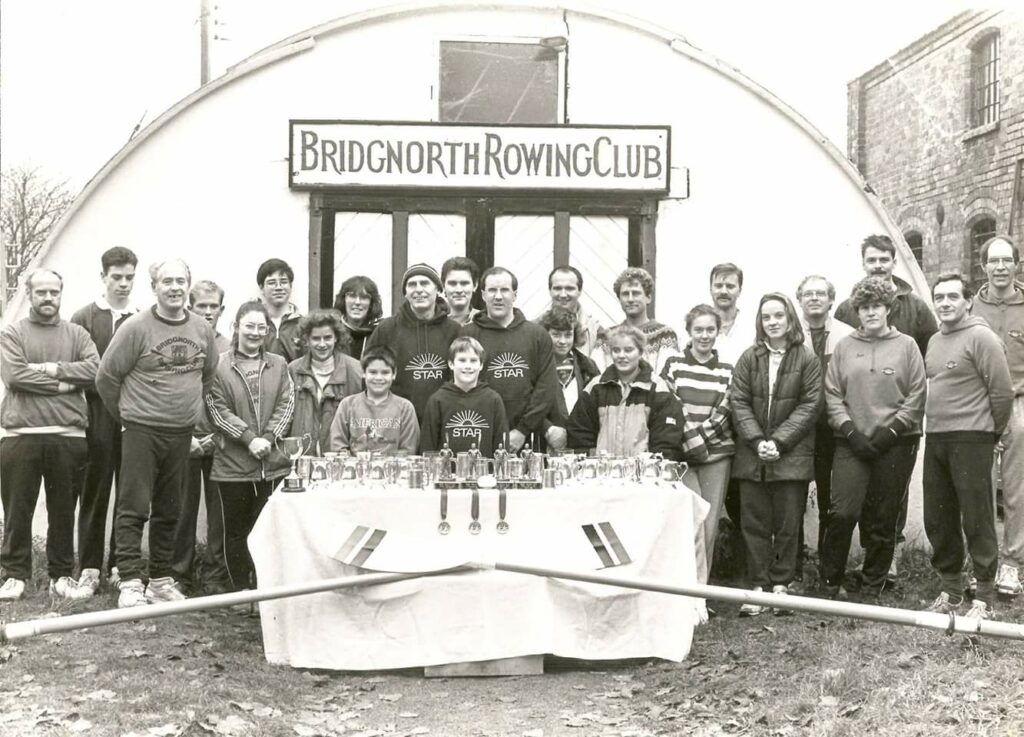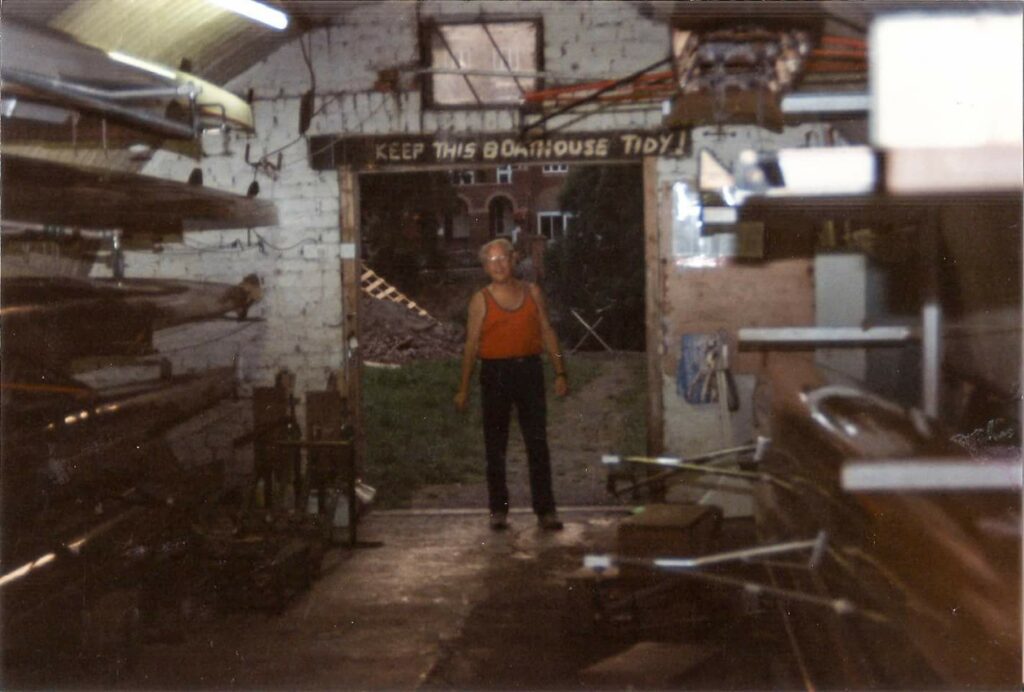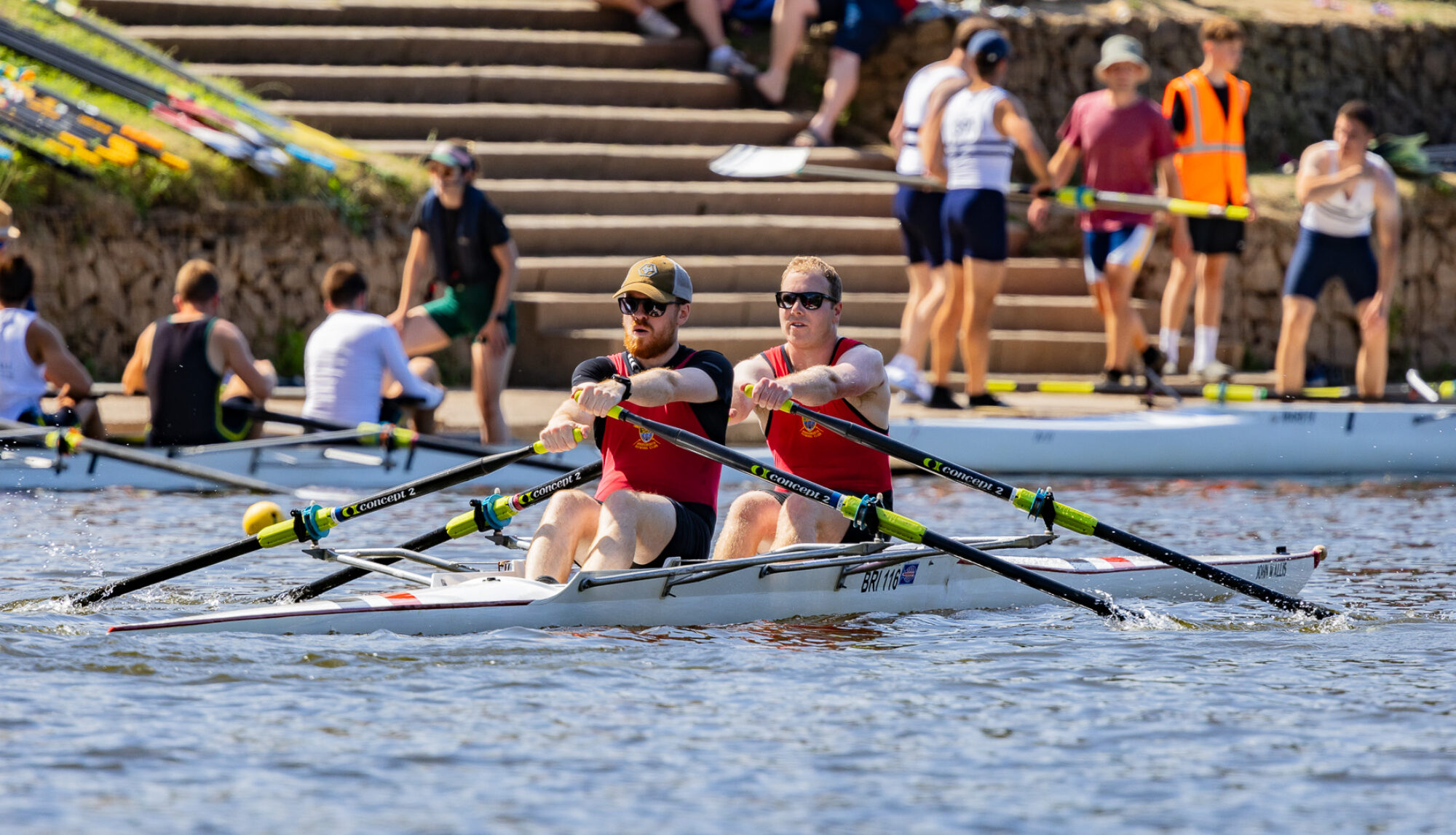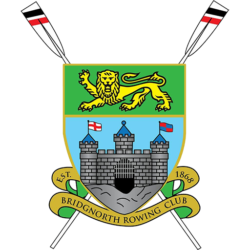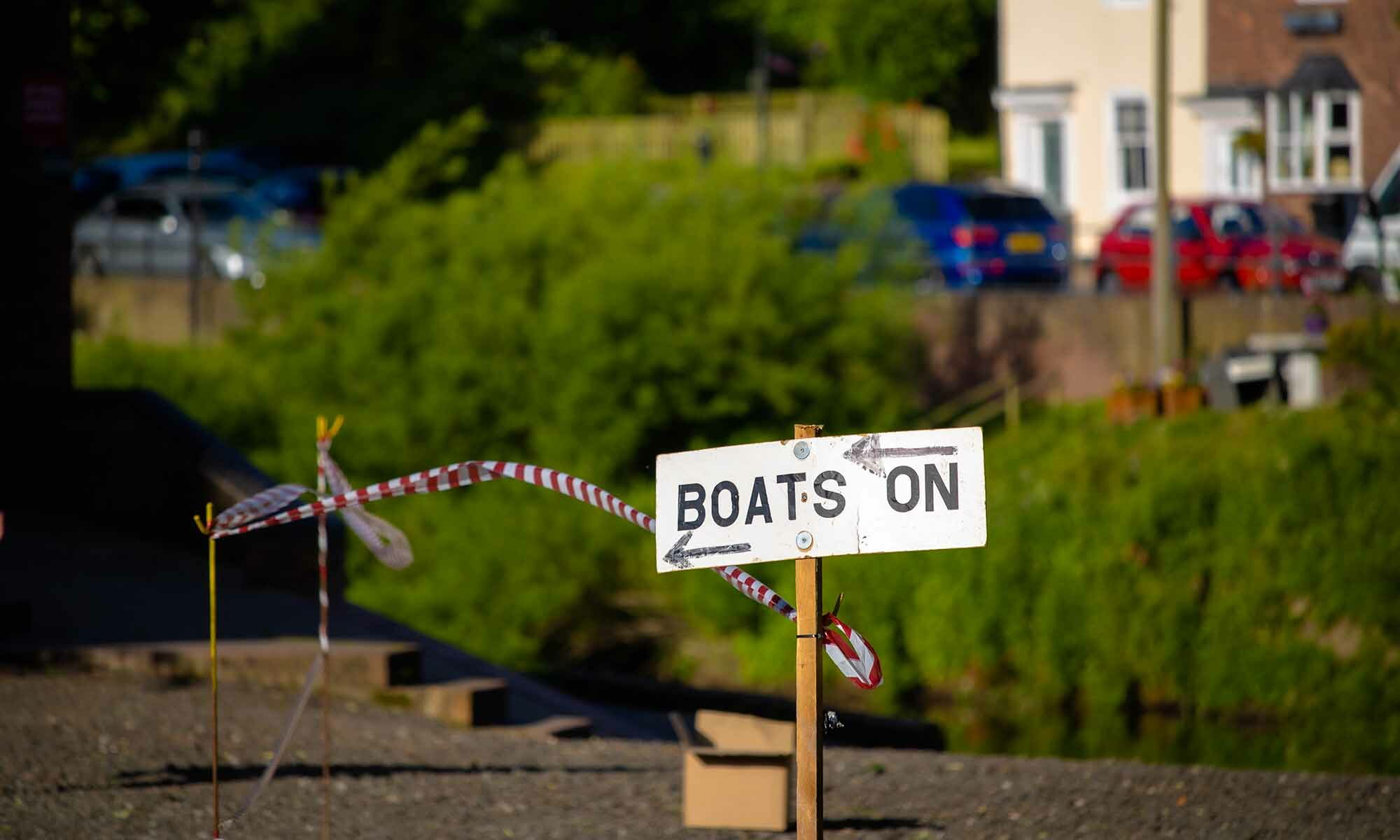Bridgnorth Rowing Club, one of the oldest sporting organisations in Bridgnorth, occupies ‘The Maltings’ Building on the edge of Severn Park. Records show the rowing club was founded on 17th June 1868, making it one of the oldest rowing clubs on the River Severn. Some of its founding members were, W.H. Foster, Esq. who was club president as well as a local MP and dignitary; the Captain H.B. Southwell, Esq.; the Honorary Treasurer Mr W. Burton; and the Honorary Secretary Mr. C.J. Turnbull.
The first prominent recording of the rowing club in the history books comes from 1868 when it hosted the then annual rowing match between Shrewsbury School and Cheltenham College. This was the second such match to take place with the series running from 1864 until 1877. The venues were regularly alternated between Tewksbury, Worcester and Hereford, with Bridgnorth hosting its only match in 1868; the course that year being chosen by Shrewsbury School. The race was then held in coxed four boats, with the result in 1868 at Bridgnorth being a win for Cheltenham by a number of lengths.
The next prominent recording of the rowing club in the history books comes from a copy of the 1877 Rowing Almanack where it is listed in ‘The Rowing Directory’ section, under ‘Provincial Clubs’. Bridgnorth is also mentioned in the ‘Record of Races’ section as having competed in a race against a four man crew from Pengwern Boat Club of Shrewsbury. This was held on the Severn on the 6th July, with the Bridgnorth crew consisting of: ‘R. E. Edkins, W. Warner, J. Taylor, E. Penzer (st), H. Jordan (cox)’.
In 1877 a series of meetings were held in Putney, which is where it is likely the active status of the club was mentioned and recorded for the Almanack. These meetings then lead to the formation of the Metropolitan Rowing Association in 1879. In 1882 this then went onto be renamed as the Amateur Rowing Association, following many additional members joining from outside the London area; the period when it is likely Bridgnorth first became affiliated. The Amateur Rowing Association then began its evolution into becoming the national governing body for the sport of rowing. In 2009 the Amateur Rowing Association was eventually renamed British Rowing, as it is currently known today.
The club continued into the 1920s, when following the events of the First World War, the Club went into decline and was eventually disbanded in 1924.
The rowing club was reformed in 1953 by a local policeman Constable Bill Williams, with the help of a Bridgnorth doctor Dr E.L. Rhodes who was club president until his death, and long standing club member John Wallis. The clubhouse was originally a Nissen hut, which had been donated by a Broseley farmer.
Other local rowing clubs showed their support by donating boats and other equipment and the efforts of the club members and supporters ensured many successful and supported regattas. The club achieved notable successes in the 1960s when four members won a novice event at Nottingham before going on to capture several more trophies. One of the group, Mike Dunn, went on to win two gold medals in a world championship veterans’ event.
Bridgnorth Rowing Club then went through a lean period until 1984 when a group of enthusiasts got the club ‘back on the water’. The club purchased ‘The Maltings’ in 1983, but it was a further 10 years before the development of the site could be started. In 1993 work commenced on ‘The Maltings’. Club member Richard Holt redesigned the building, much of the site preparation, including removal of steelwork, was carried out by club members.
The boathouse now consists of a large ground floor area with racking for single sculls, doubles, pairs, fours and eights. There is also a raised mezzanine area that houses the indoor rowing machines (ergometers) and weights gym. Upstairs there are changing rooms with showers, and a club room with a bar and a balcony with fantastic views overlooking the River Severn.
The club is regularly trying to update its fleet of rowing boats and equipment used by its members, and uses profits from the annual regatta, sponsorship and fundraising to help with this and to invest back into the sport of rowing, for all to make use of.
